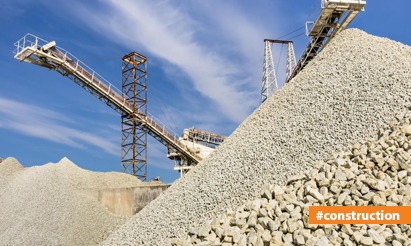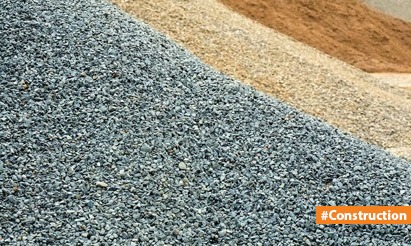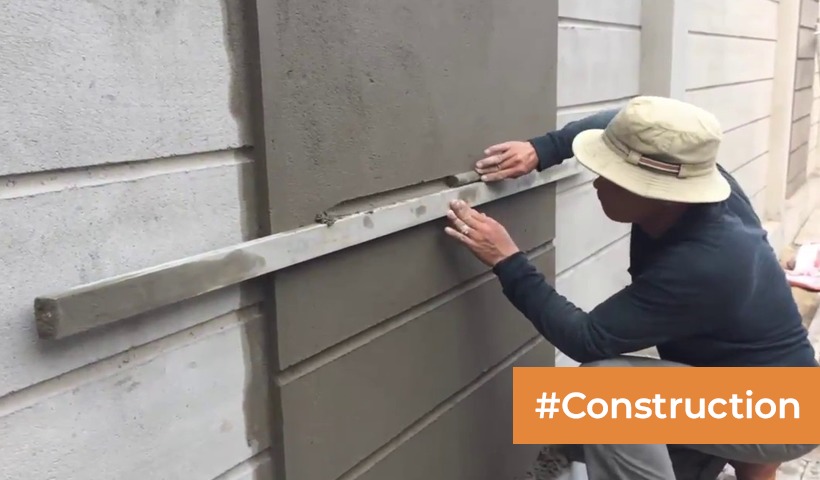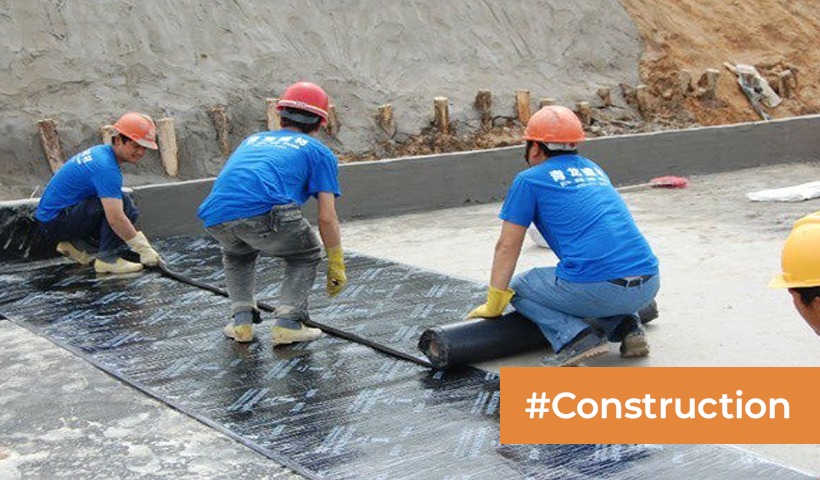Soak Pits: The Eco-Friendly Approach to Wastewater Disposal!
In the realm of sustainable and eco-friendly wastewater management, the “soak pit” is a term that often arises. This simple yet effective system plays a vital role in addressing the challenges of wastewater disposal, especially in areas where centralized sewage treatment is not available. In this comprehensive guide, we will delve into the meaning, necessity, ideal location, size, importance, and purpose of soak pits.
What is a Soak Pit?
A soak pit, also known as a soakaway or leach pit, is a small, underground chamber designed to receive and disperse wastewater from sources like toilets, bathrooms, and kitchens. Its primary function is to allow wastewater to gradually percolate into the surrounding soil, where natural processes help treat and filter the effluent before it reaches groundwater.
The Need for Soak Pits:
Soak pits are essential for several reasons:
- Lack of Sewage Systems: In many rural and peri-urban areas, conventional sewage systems are absent or inadequate. Soak pits provide a decentralized solution for wastewater disposal.
- Sustainability: Soak pits promote sustainable wastewater management by allowing treated water to recharge the groundwater table.
- Pollution Reduction: Without proper wastewater disposal, contaminants can enter water bodies, polluting them and posing health risks.
Ideal Location for Soak Pits:
Choosing the right location is crucial for the effectiveness of soak pits:
- Distance from Water Sources: Soak pits should be located at a safe distance from wells, boreholes, rivers, and other water sources to prevent contamination.
- Percolation Capacity: The soil’s percolation capacity determines the soak pit’s efficiency. Soil should allow water to percolate but not be too sandy or impermeable.
- Depth from Groundwater: The pit’s bottom should be well above the groundwater table to prevent contamination.
Size of Soak Pits:
The size of a soak pit depends on factors like the number of users and wastewater generation. Generally, for a household, a soak pit with a diameter of 1.5 to 2 meters and a depth of 2 to 3 meters is suitable. However, it’s advisable to consult local regulations and experts for precise sizing.
Importance of Soak Pits:
Soak pits offer various benefits:
- Wastewater Treatment: They facilitate the natural filtration and purification of wastewater, reducing environmental pollution.
- Groundwater Recharge: Soak pits allow treated water to replenish the groundwater, contributing to sustainable water resources.
- Cost-Effective: Soak pits are cost-effective and low-maintenance compared to complex sewage treatment systems.
Purpose of Soak Pits:
- Wastewater Disposal: The primary purpose of soak pits is to safely and efficiently dispose of domestic wastewater, preventing contamination of surface water bodies.
- Groundwater Recharge: By allowing treated water to seep into the ground, soak pits help maintain groundwater levels.
- Pollution Control: Soak pits reduce the pollution of water bodies and prevent the spread of waterborne diseases.
Soak pits are invaluable in areas where traditional sewage systems are impractical. They serve as a sustainable and environmentally friendly solution for wastewater management, benefiting both communities and the environment. Properly designed and located soak pits play a vital role in preserving water resources and reducing pollution, making them an essential component of decentralized wastewater systems.
Disclaimer: The views expressed above are for informational purposes only based on industry reports and related news stories. PropertyPistol does not guarantee the accuracy, completeness, or reliability of the information and shall not be held responsible for any action taken based on the published information.




